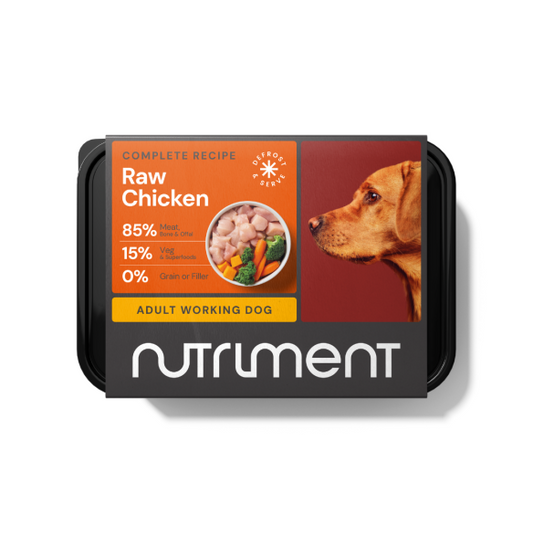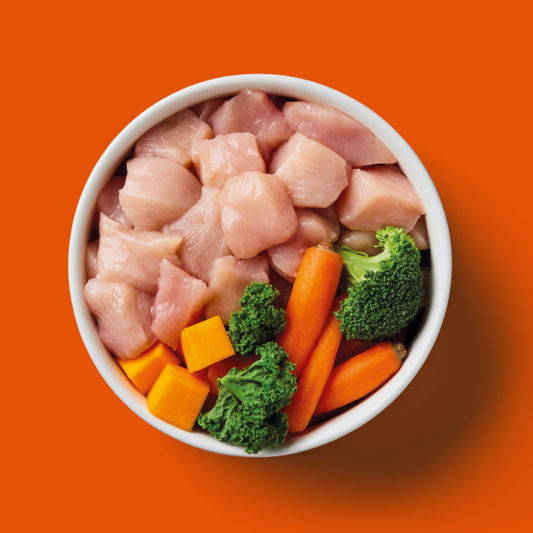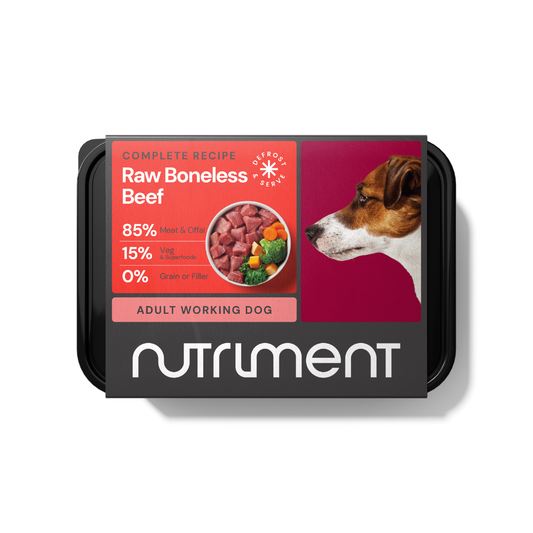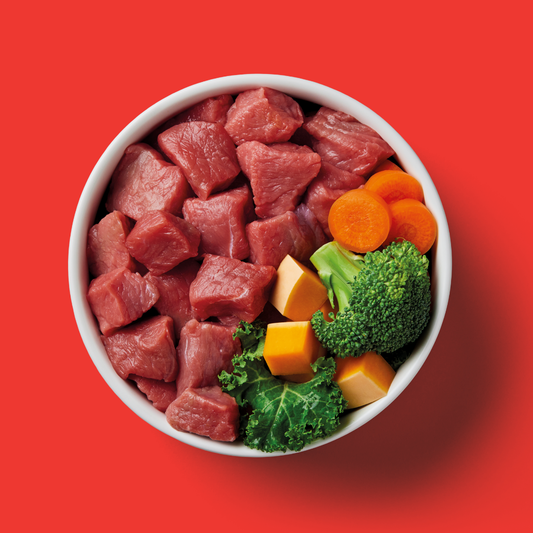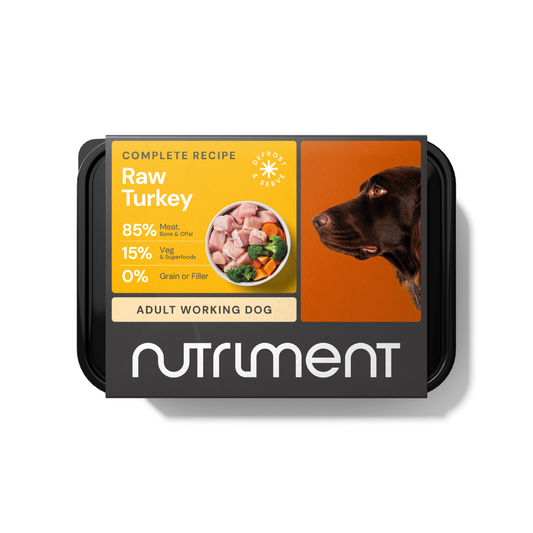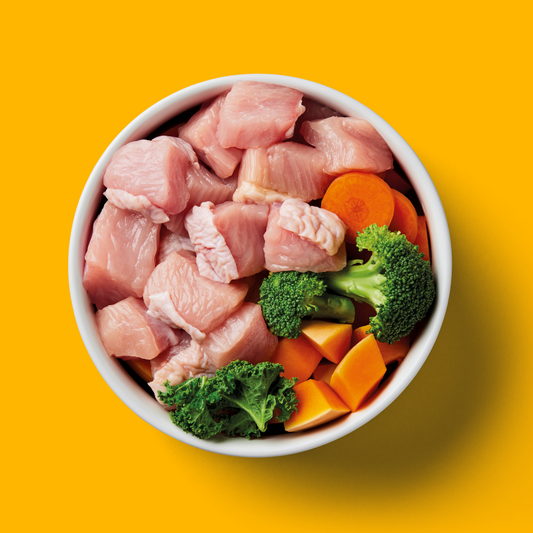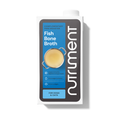

Staying safe on autumnal walks
Autumn is definitely one of our favourite times of year here at Nutriment. The warming, vibrant colours of nature that appear at this time of year make dog walking a beautiful task (especially if the autumnal sun is shining!). It’s usually cooler, which makes walking more comfortable for both pup and parent, and it’s the perfect excuse to grab a hot chocolate to accompany you and keep you toasty.
As with all seasonal changes, it’s smart to refresh your memory on the best ways to stay safe in adjusting temperatures, light levels and hazards that are weather-dependent. We’ve summarised some key points in this blog post to help keep you safe and happy on your dog walks this autumn.
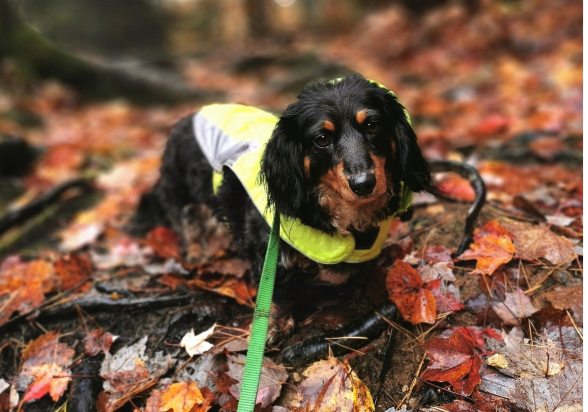
Safety lights
With autumn and winter months comes lower light and visibility levels. With the sun starting to rise later and set earlier, it’s more than likely that you’ll be walking your dog at darker times of the day. This considered, adding safety lights to your dog walking arsenal is a useful idea to add that extra bit of safety. For rural walks where your dog may be off lead, collars and leads with integrated lights make spotting your dog in the dark a doddle. For road walkers, adding some light-reflective clothing and/or accessories to both your dog and yourself means that you’ll be visible to other road and pavement users
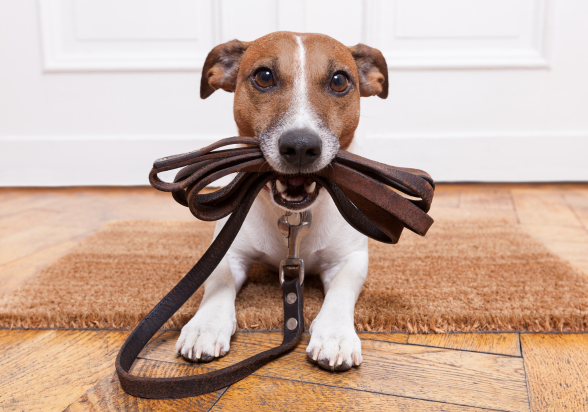
Practice recall & long line leads
We always recommend keeping your dog’s training up to date and refreshed at regular intervals throughout their life. They might have been trained on their recall as a pup, but start to dismiss your calls as they age. Keeping their recall training reinforced is particularly important when autumn comes around due to the lower levels of light and visibility on walks where your dog is off lead. Stocking up on treats is a great idea to encourage your dog to follow your command. Check out our handy resealable packs of Leo & Wolf treats here.
If your dog struggles to follow a recall command, then it might be a good idea to invest in a long line lead. Long line leads enable your dog to explore further afield, without running the risk of getting lost or not returning.
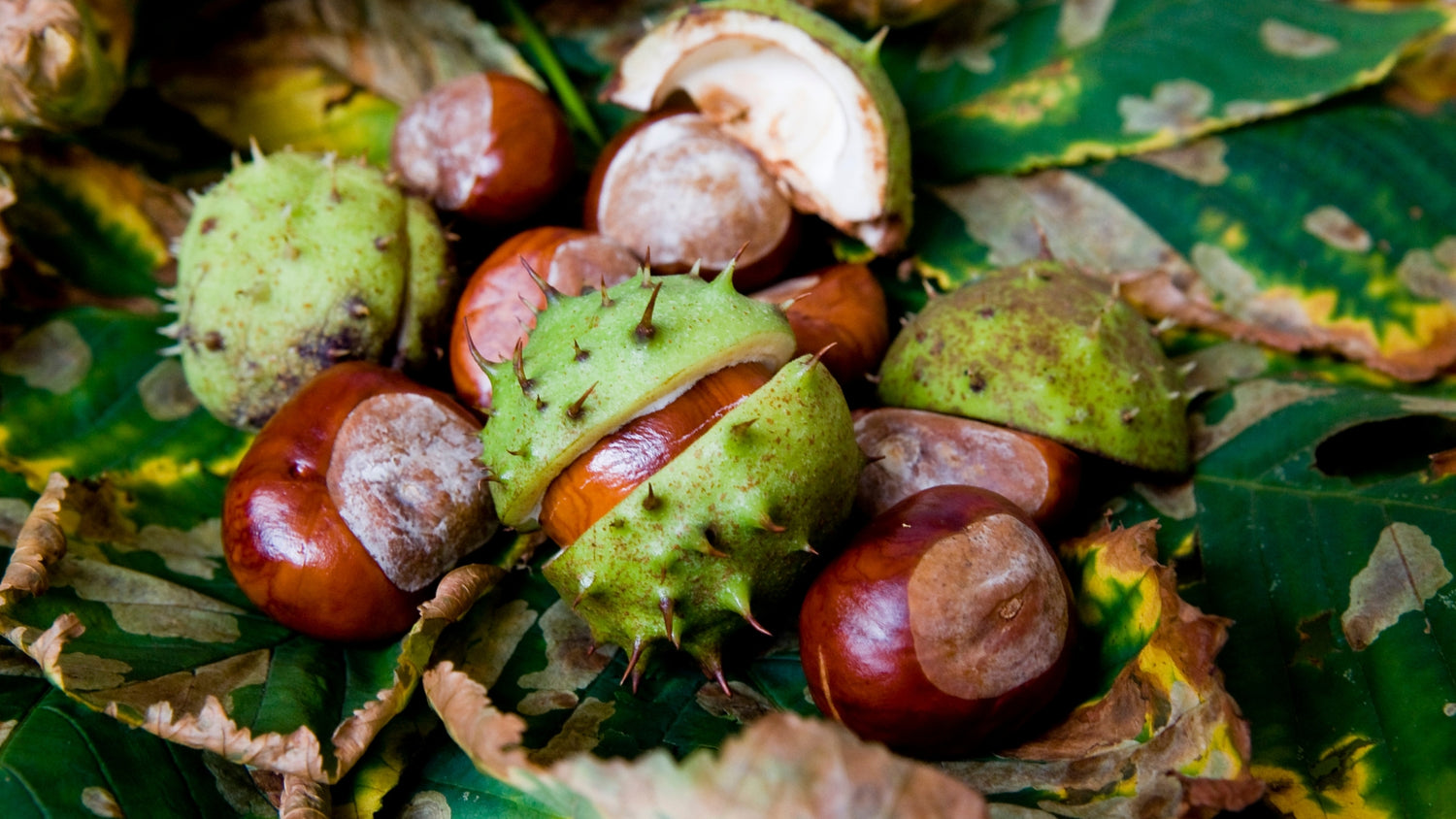
Conkers, acorns, mushrooms, fallen leaves & fruit
It’s important to be aware of potential dangers that your dog can come across when walking in grass and forestry areas. Fallen conkers, acorns, leaves and fruit, as well as some mushrooms, can contain toxins which are harmful to your dog or pose choking risks. Read our blog post on these types of dangers here.
Plan your route
,What may be a pleasant and risk-free walk in the warmer, drier, summer months, may not be so safe when rain and fallen leaves effect the ground quality. Consider your walking routes and locations, and make sure you know your surroundings and exit routes before you set off. Letting someone know where you’re walking, particularly in the dark, is also a very sensible idea should you need some support or assistance.,Have you snapped a great pic of your pup enjoying autumn? Share it with us on social media! @NutrimentRaw
